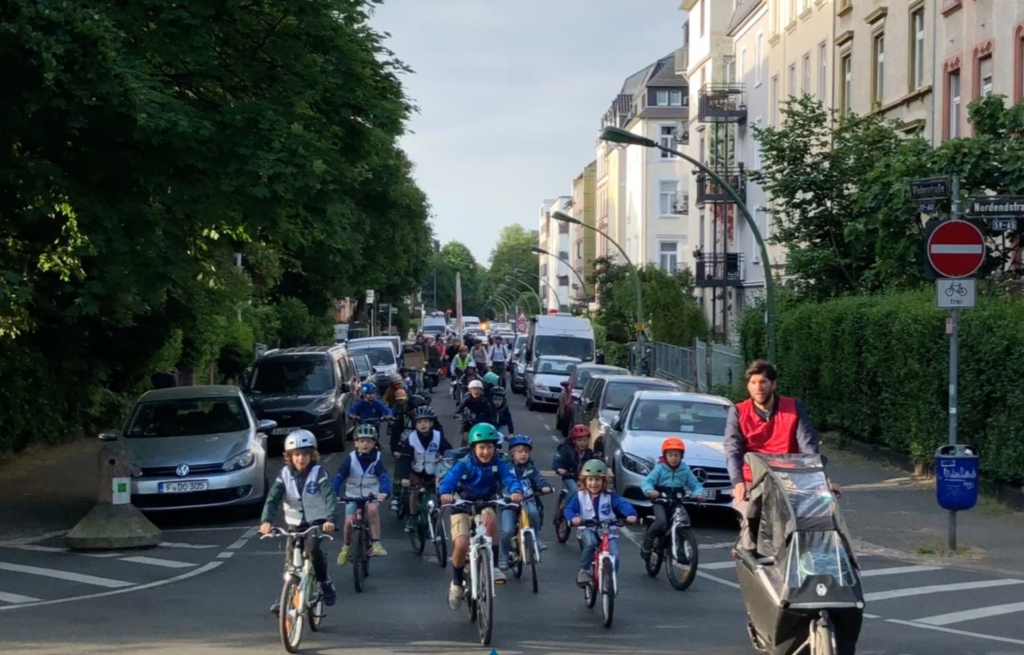Poverty – topos 125

They are called slums, shanty towns or informal settlements. Clusters of buildings like these in India, seen from an impressive aerial perspective, represent poverty and precarious living conditions in this world like few other images. Photo: Aman Upadhyay
Billboard
Skyscrapper
Halfpage
This issue marks 125 issues of topos, the unique magazine for landscape architecture and urban planning. 1 2 5 issues of topos magazine. But: We do not want to use this anniversary to celebrate ourselves. Instead, we want to use this anniversary to focus on an urban issue that is so brutal that almost everyone would rather look the other way than take action: poverty. We want to use this issue of topos magazine to celebrate, in conversation with planners, city leaders and entrepreneurs, those people and projects, that work every day to create a more equitable metropolis of the future that provides warmth, food and shelter for everyone. So this is what #125 is about. Celebrate with us what truly matters in the city of tomorrow.
Largest increase in extreme poverty
For 30 years, global extreme poverty fell year on year. For 30 years, a total of one billion people managed to escape the absolute poverty line. Then Covid arrived and 70 million people fell into extreme poverty in 2020 – vulnerable groups in particular. This is according to the World Bank report “Poverty and Shared Prosperity” of 2022, which states that this is the largest increase in extreme poverty since data collection began in 1990. At the time of the report, an estimated 719 million people were living in extreme poverty and therefore had less than USD 2.15 a day at their disposal. 2.15 USD or 1.96 euros. This extreme poverty particularly affects people in sub-Saharan Africa (where 60 percent of people affected by extreme poverty live), conflict areas and rural regions.
The situation is bad
The global community wanted to reduce extreme poverty to a maximum of three percent of the world’s population by 2030. In 2015, the world’s heads of state and government met at the United Nations headquarters and defined 17 Global Goals. Goal 1: No Poverty – End poverty in all its forms everywhere. Extreme poverty was defined here as 1.25 US dollars per day. It’s the end of 2023, it’s half-time. And only 15 percent of the Global Goals have been achieved worldwide. According to globalgoals.org, the number of people living in extreme poverty is back to 2005 levels. The situation is bad, really bad.
Maintaining a livable planet
At the annual meeting of the World Bank and the International Monetary Fund (IMF) in October this year, the member countries responded with transformation. The World Bank is now also responsible for maintaining a livable planet, and new measures allow for higher loan amounts. The USA has already pledged loan guarantees amounting to 25 billion USD , Germany 2.4 billion euros. However, the G20 countries estimate that, despite these measures, the development banks would have to triple their lending to be able to finance the fight against the climate crisis.
Climate crisis and social inequality
And this is necessary. The richest one percent of the world’s population produces as many greenhouse gases as the poorest two thirds of the world’s population combined. At the same time, people living in poverty and low-income countries in the Global South are the hardest hit by the effects of climate change. The climate crisis and social inequality cannot be considered separately. But actually, social inequality can never be considered independently. There are highly complex interrelationships, which means that the global community is where it is and that millions of people, especially many children, will still be suffering from terrible hunger every day at the end of 2023. Without a roof over their heads. Not knowing how they will get through the next day, where they will sleep. 2023 – the year in which the annual salary of soccer star Christiano Ronaldo is 200 million euros.
A search for answers
Thus, this topos 125 on the subject of poverty is more than overdue – and with it the search for answers to the question of how poverty affects the metropolitan areas of our world, what diverse facets it has and what paths we need to take to escape from it. Somehow. It’s not a feelgood topic to end 2023. But a key one to start 2024. Happy Holidays and Seasonal Greetings.
Get the topos 125 – Poverty – here.
Our last issue took a look at youth, the people in our urban landscapes who have outgrown childhood but are not yet truly adults, the future of our cities. What does this future look like? What do we have to adjust to? What will become of our world when the next generation takes over the reins? Who is this next generation anyway? Read more in the editorial of topos 124 – Youth.











